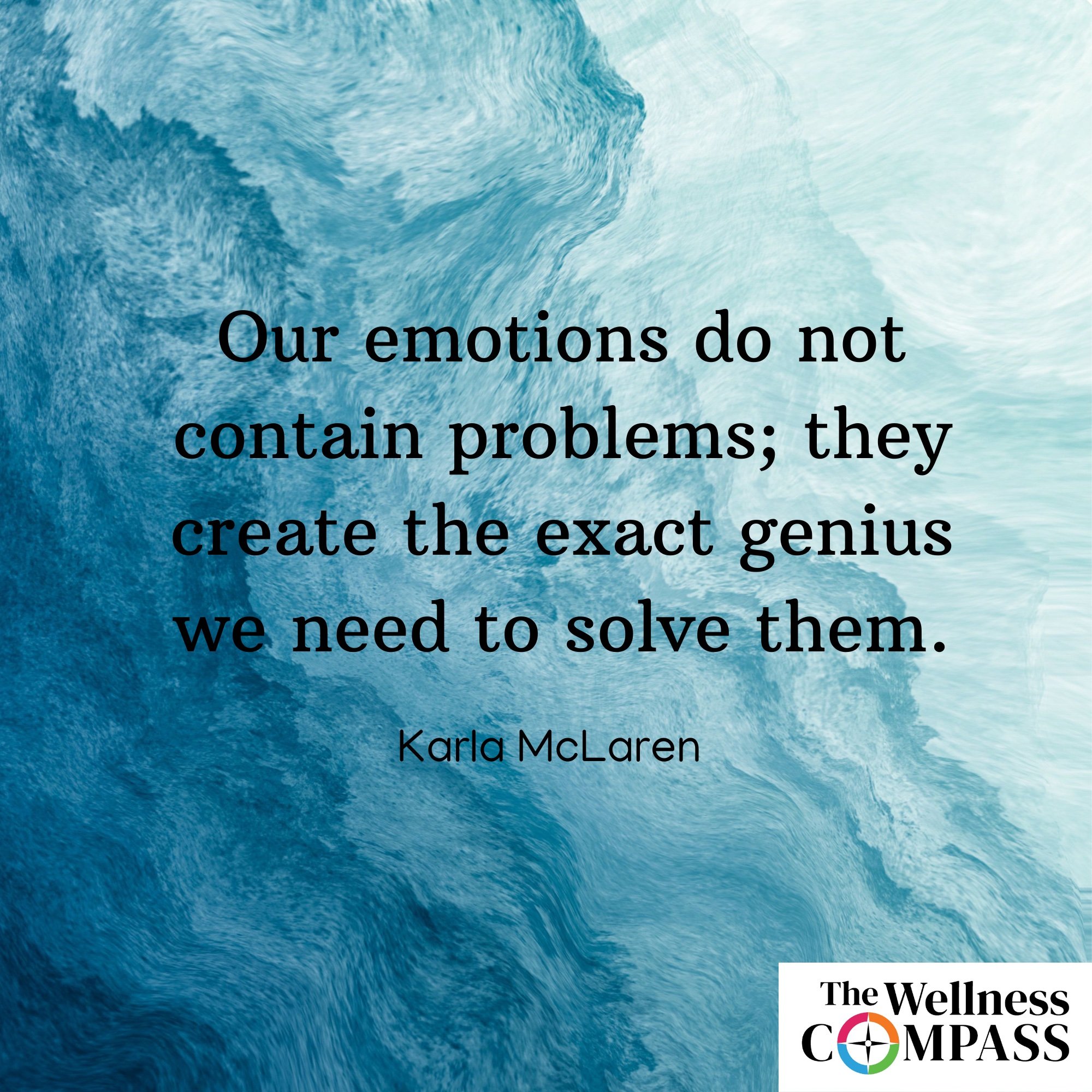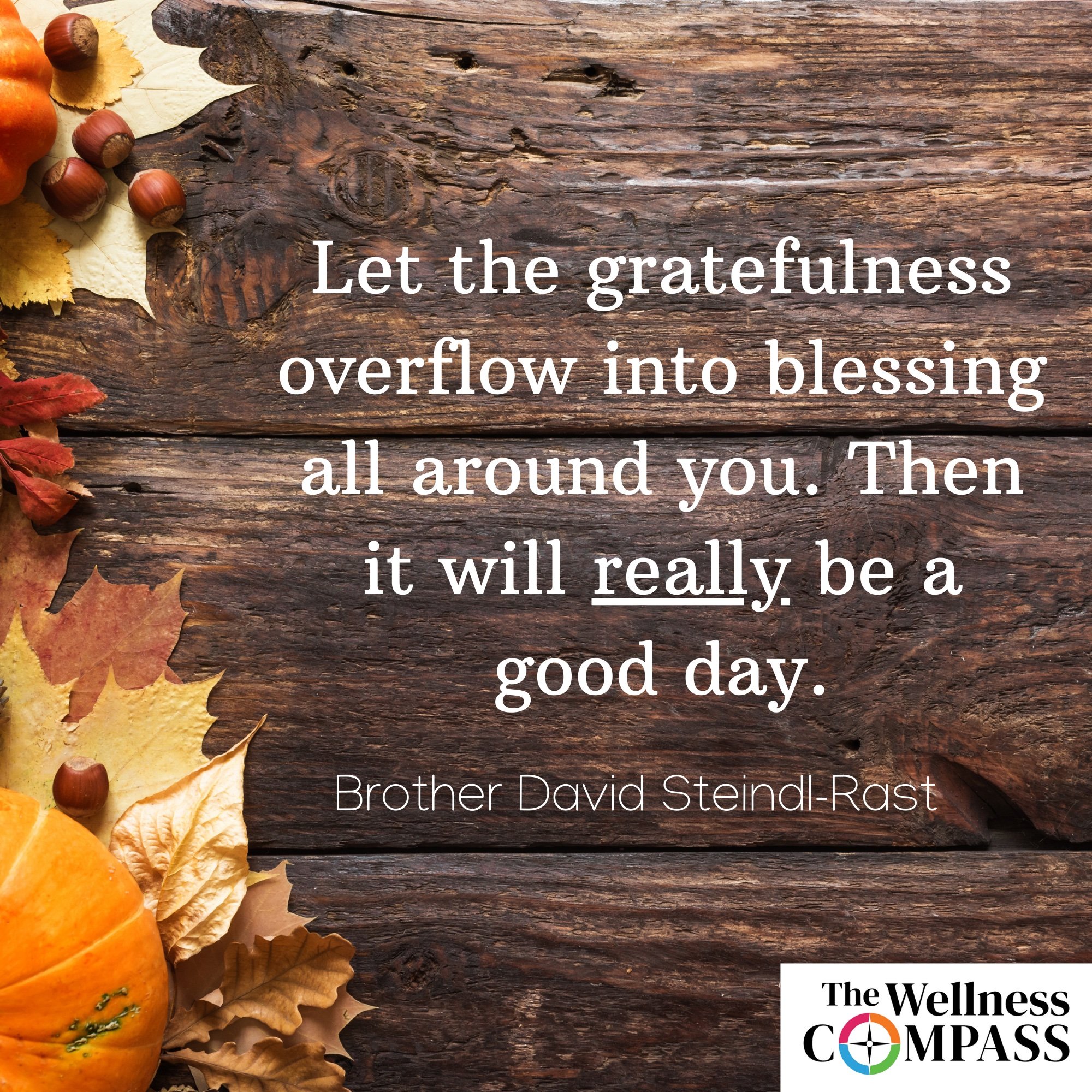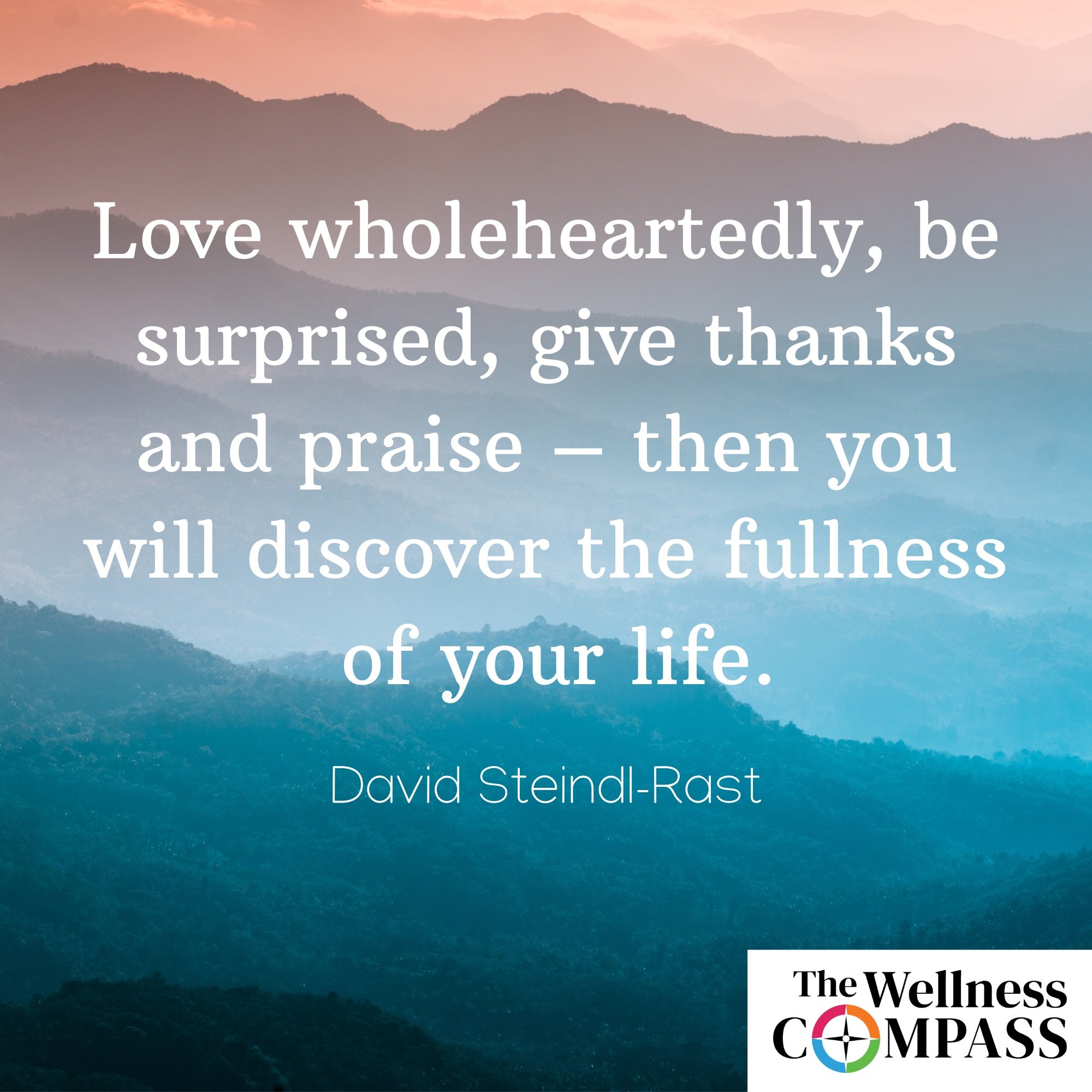Detaching From the Outcome
We carefully filled out the NCAA Men's and Women's basketball tournament brackets last week, both hoping for the best. We just checked our brackets, and out of the 20,056,273 entries submitted to ESPN, Scott is currently in 18,984,367th place. Holly's situation is only slightly better. While our ability to predict the future is clearly lacking, here's one prediction we are confident making. Neither one of us is going to win the ESPN bracket challenge.
Do you know the odds of picking a perfect bracket involving 68 teams? 1 in 9,223,372,036,854,775,808. That number is so large we had to look it up to know how to say it. If you're wondering too, it's nine quintillion, two hundred twenty-three quadrillion, three hundred seventy-two trillion, thirty-six billion, eight hundred fifty-four million, seven hundred seventy-five thousand, eight hundred eight.
We can learn at least two wellness lessons from engaging in this annual rite of prognostication. The first is humility. We may like to think we either know or can predict what will happen in our lives with some degree of certainty. But clearly, when our 'brackets are busted,' we are once again reminded that there are always surprises and upsets outside of our control.
The second lesson is the value of nurturing the ability to detach from the outcome. Detaching from the outcome involves doing things wholeheartedly, while at the same time knowing, and being ok with, the fact that we can't control the outcome. It does not mean that we don't care about what happens. It means that we don't become so anxious or fixed on the end result that we try to either force a conclusion or, are so determined to have things be a certain way that we fail to bring our best selves to the experience.
Imagine, for example, that you are so worried about someone you care about that you try to control or strongly influence their behavior. In such a situation, you will likely unintentionally radiate distrust and anxiety and thus hurt the relationship, as the other person then experiences your words or actions as unsupportive. Now imagine that instead, you show up as the most loving and kind person you can be. You share your love and concern and then detach from the outcome of their choices or behaviors. With this mindset, you are more likely to strengthen the relationship and be experienced as an ally by the other person.
Here's one more example of how detaching from the outcome can be helpful. Imagine you have a job interview or a presentation that you are giving. You are so anxious about getting affirmation or getting the job that you come across as insecure and maybe even pushy. What if, instead of focusing your energy only on the result, you focus on being fully prepared and sharing the best of who you are and what you know? The paradox is that when we often stop worrying about or forcing outcomes, we may find that the desired results are more likely to occur.
Basketball teams, as seen in the exciting ongoing tournaments, are never in complete control of the outcomes of their games. However, they are in control of their preparation, commitment, willingness to work as a team, attitude, and bringing their best efforts to each game.
An excellent three-point shot percentage for college players is making 35% of the shots taken, which means that at least two-thirds of the shots are missed. That could be a third lesson for us. Like the men and women we watch playing in the tournaments, we still want to keep taking our best shots in life, understanding that missing many of our shots is a given.
Making It Personal:
What helps you detach from the outcome when you are anxious?
Can you think of a time when you were able to let go of trying to force something you wanted, and it ended up ultimately helping you or someone else?
Is there an outcome that you are pushing for right now that could benefit from you loosening your grip?
****************************************************************************************************************
To explore your own well-being in the eight areas of wellness, you may be interested in downloading our newest FREE resource, The Adult Wellness Compass Notebook. This workbook is perfect for either individual or group use, and is a tool for self-reflection, learning, and goal setting. Click HERE to download and enjoy.
*Our episode of the Wellness Compass Podcast this week expands on the topic of letting go and detaching from the outcome how it applies to wellness. You can listen in your favorite podcast app (Apple, Google, Spotify, etc.)—just search for The Wellness Compass, or by clicking on the “Podcast” tab in the header at the top of this page.
And speaking of podcasts, Scott has launched a new podcast that is just him speaking about a topic that he is passionate about, the integration of spirituality and wellness. This newly launched LIving Compass Podcast can be found HERE or in your favorite podcast app.
























